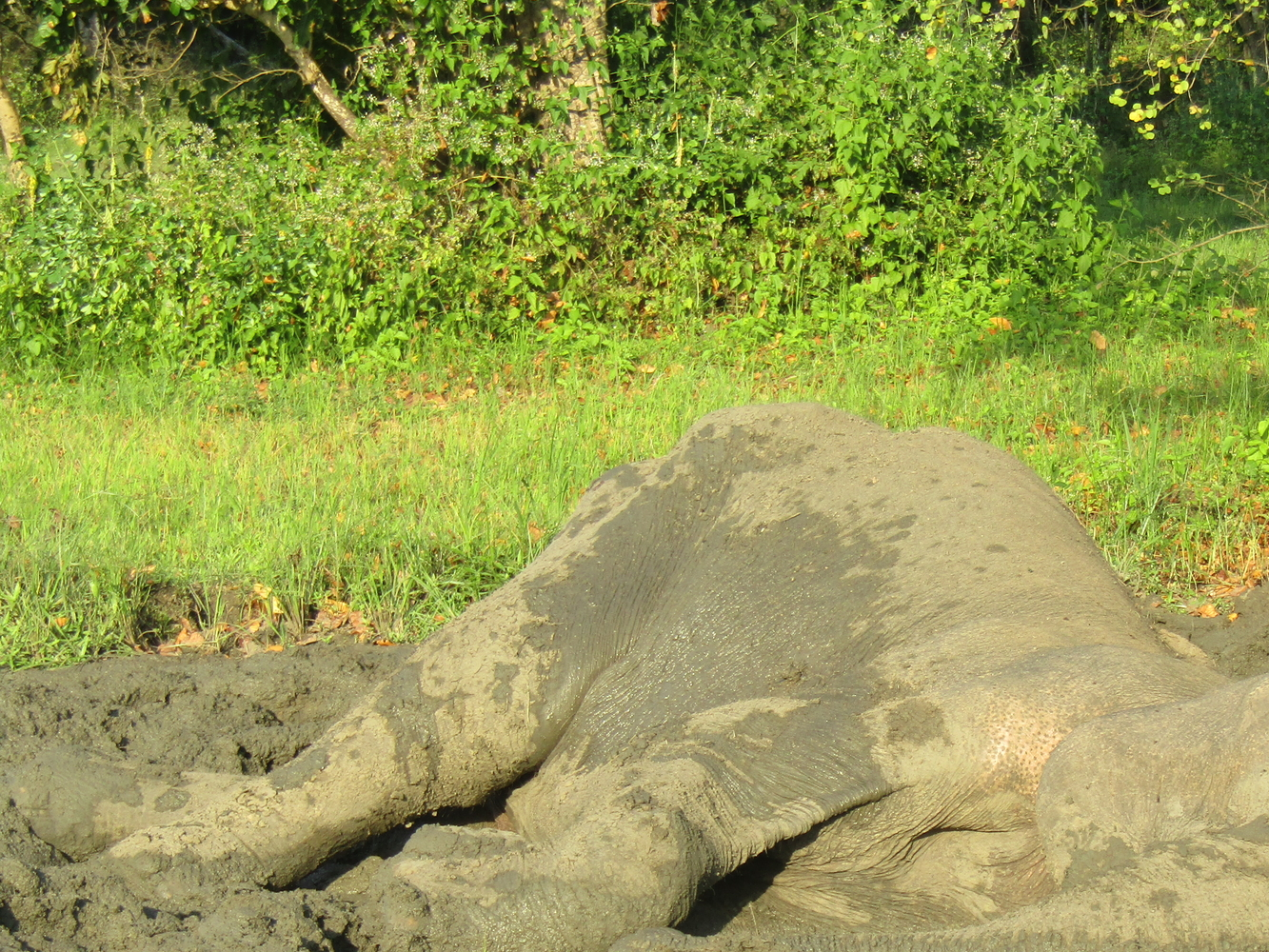 In 2020, during the peak of the pandemic, there was a dramatic die-off of about 350 African elephants in northeastern Botswana, an event that drew global attention for its scale and initially mysterious causes. Only recently, detailed research has confirmed that the cause was poisoning from toxic algae blooming in waterholes, a phenomenon closely linked to climate change. Botswana is home to one of the most important populations of African elephants, estimated at around 130,000 individuals, which represents a crucial part of global biodiversity.
In 2020, during the peak of the pandemic, there was a dramatic die-off of about 350 African elephants in northeastern Botswana, an event that drew global attention for its scale and initially mysterious causes. Only recently, detailed research has confirmed that the cause was poisoning from toxic algae blooming in waterholes, a phenomenon closely linked to climate change. Botswana is home to one of the most important populations of African elephants, estimated at around 130,000 individuals, which represents a crucial part of global biodiversity.
The Okavango Delta area, where the tragedy occurred, is a vital ecosystem for both wildlife and the conservation of this species.
However, the extreme environmental conditions of 2020 exposed the vulnerability of this region to the effects of global warming. A team of experts from Botswana and the United Kingdom conducted a series of analyses using satellite data and spatial models to pinpoint the exact causes of the deaths.
It was determined that the waterholes frequented by the elephants were contaminated by cyanobacteria, commonly known as blue-green algae.
These organisms, which produce lethal toxins, proliferated following extreme climatic fluctuations. The year 2020 was characterized by a combination of unusual weather events: a particularly rainy year that followed one of the driest periods in recent decades.
This favored the rapid development and blooming of algae in the waterholes, creating a lethal environment for the animals that drank from them. The hypothesis of poisoning from toxic algae proved to be the most plausible, especially after other possible causes such as poaching, viral diseases, or bacterial infections, including anthrax, were ruled out.
The elephants were found with their tusks intact, a clear sign that they were not targeted for illegal trade.
Additionally, tests conducted on the deceased specimens showed a correlation between the presence of algal toxins and their location relative to the contaminated waterholes. The elephants, after ingesting the contaminated water, traveled an average of 10.25 miles before succumbing, with an interval of about 88 hours between exposure and death. The episode serves as a warning about the devastating impact that climate change can have on fragile ecosystems like the Okavango Delta.
Climate projections for Southern Africa indicate an increase in average temperatures and longer drought periods, which could further exacerbate water resource scarcity and the proliferation of similar phenomena in the future.
The availability and quality of water in natural waterholes are fundamental for the survival of numerous species, including African elephants.
However, global warming threatens to drastically alter these habitats, endangering not only wildlife but also the overall balance of local ecosystems. The study, published in the scientific journal “Science of The Total Environment”, underscores the need for continuous monitoring of the links between climate change and ecology.
Understanding these phenomena is essential to prevent future tragedies and to develop more effective conservation strategies, ensuring the survival of threatened species and vital ecosystems.



